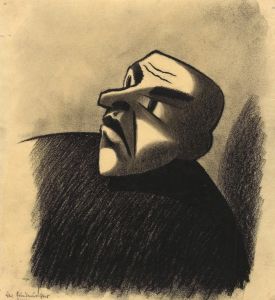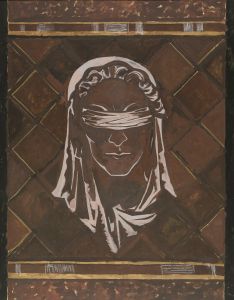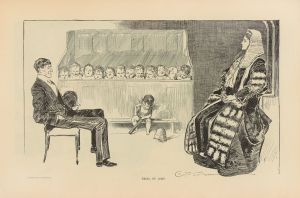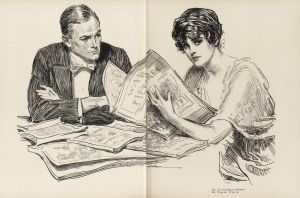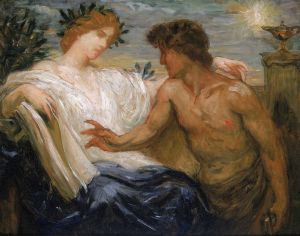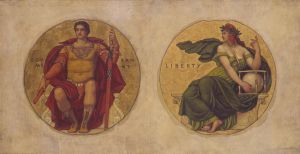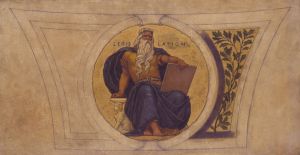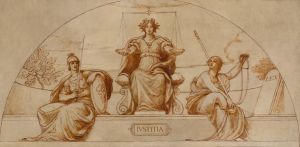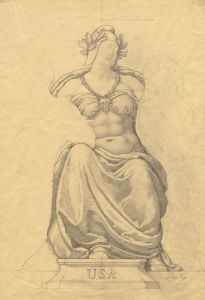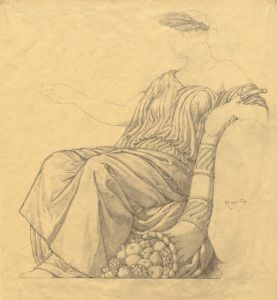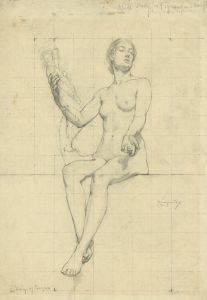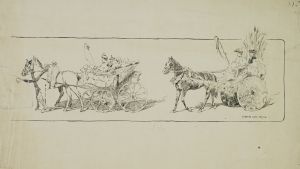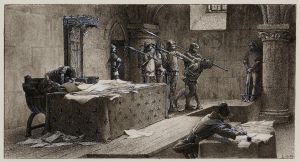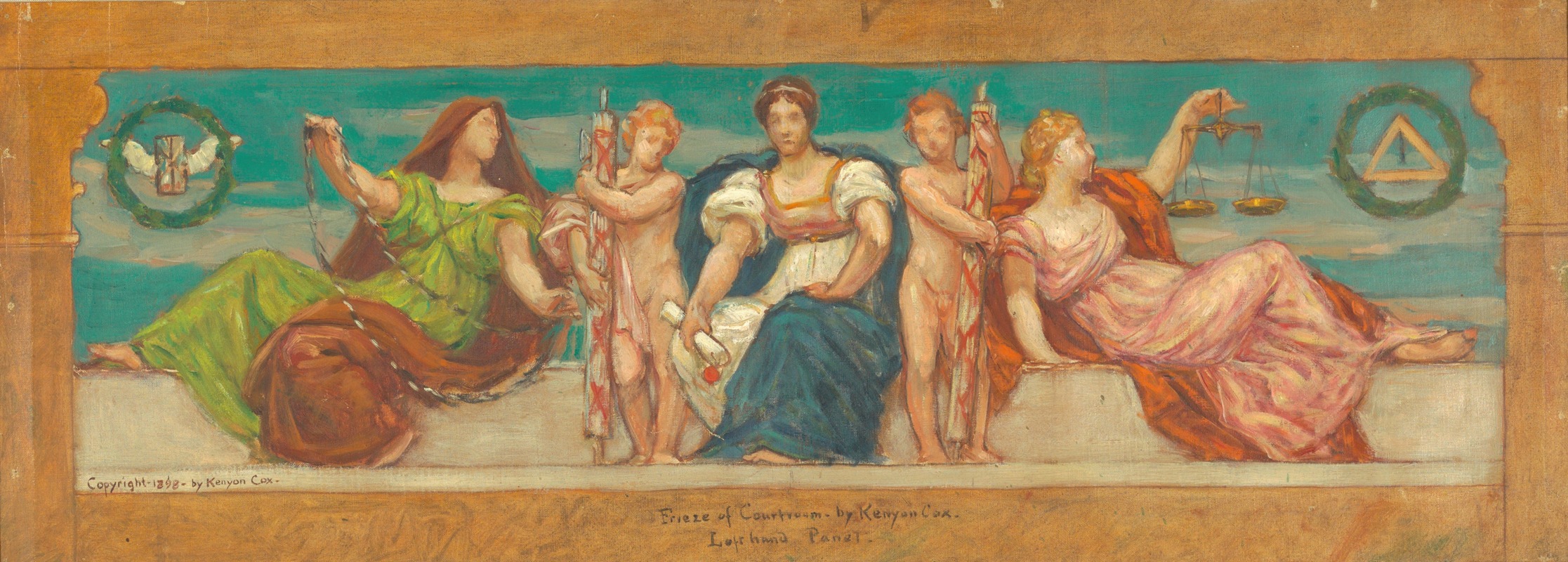
The Common Law, Study for Left Panel of ‘The Reign of Law,’ Frieze for Appellate Court, New York
A hand-painted replica of Kenyon Cox’s masterpiece The Common Law, Study for Left Panel of ‘The Reign of Law,’ Frieze for Appellate Court, New York, meticulously crafted by professional artists to capture the true essence of the original. Each piece is created with museum-quality canvas and rare mineral pigments, carefully painted by experienced artists with delicate brushstrokes and rich, layered colors to perfectly recreate the texture of the original artwork. Unlike machine-printed reproductions, this hand-painted version brings the painting to life, infused with the artist’s emotions and skill in every stroke. Whether for personal collection or home decoration, it instantly elevates the artistic atmosphere of any space.
"The Common Law, Study for Left Panel of ‘The Reign of Law,’ Frieze for Appellate Court, New York" is a notable work by the American artist Kenyon Cox. Created as a preparatory study, this piece is part of a larger project intended for the Appellate Court in New York City. Kenyon Cox, an influential figure in the American art scene during the late 19th and early 20th centuries, was known for his academic style and contributions to public art.
Kenyon Cox was born on October 27, 1856, in Warren, Ohio. He studied at the Pennsylvania Academy of the Fine Arts and later at the École des Beaux-Arts in Paris, where he was influenced by the classical traditions of European art. Upon returning to the United States, Cox became a prominent muralist and art critic, advocating for the integration of fine arts into public and civic spaces.
"The Common Law" is a study for the left panel of a larger mural titled "The Reign of Law," which was commissioned for the Appellate Division Courthouse of New York State. The courthouse, located at 27 Madison Avenue in Manhattan, was designed by the architectural firm James Brown Lord and completed in 1900. The building itself is a testament to the Beaux-Arts architectural style, which emphasizes grandeur and classical elements.
Cox's mural project for the courthouse was part of a broader movement to incorporate art into public buildings, reflecting the ideals of justice, law, and civic virtue. "The Reign of Law" frieze was intended to symbolize the rule of law and its foundational role in society. The left panel, "The Common Law," specifically represents the historical and philosophical underpinnings of common law, a legal system that originated in England and became a cornerstone of American jurisprudence.
In his study for "The Common Law," Cox employed his characteristic classical style, drawing on allegorical figures and symbolic elements to convey the themes of justice and legal tradition. The composition likely included personifications of virtues such as Justice, Prudence, and Fortitude, which were common in Cox's work and in the iconography of the period.
Kenyon Cox's contributions to the Appellate Court murals are significant not only for their artistic merit but also for their role in the cultural and civic life of New York City. The murals reflect the values and aspirations of the society at the turn of the 20th century, emphasizing the importance of law and order in maintaining a just and stable society.
Cox continued to be an influential figure in the American art world until his death on March 17, 1919. His legacy includes not only his public murals but also his writings on art and his efforts to promote the integration of art into everyday life. "The Common Law, Study for Left Panel of ‘The Reign of Law,’ Frieze for Appellate Court, New York" remains an important example of his work and his contribution to the American mural movement.





